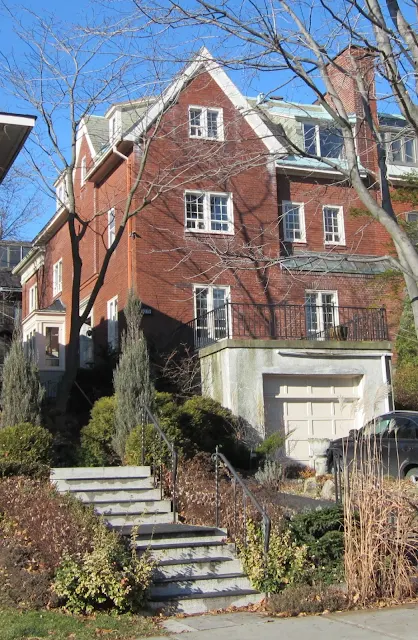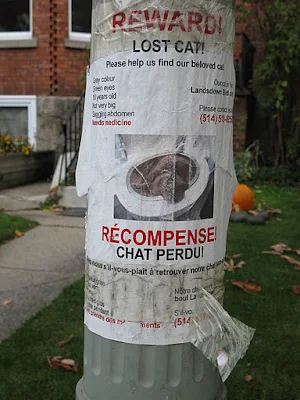Review of Balancing Heaven and Earth
by Robert Johnson, with Jerry M. Ruhl.
1998: Harper Collins, New York. 307 pages
By Stephen Morrissey
Robert Johnson's Balancing Heaven and Earth is a memoir and celebration of the inner life, the world of dreams, active imagination, and mystical vision. Johnson writes, "I sometimes wonder if all suffering is a vision of God too great to bear." It is suffering that led Johnson to the inner life. As a result of a car accident at age eleven Johnson's leg had to be amputated below the knee. The injury was further complicated with gangrene and a second operation; this health crisis resulted in a near-death experience in which Johnson had a "vision of the glory of paradise." A second mystical experience at age sixteen, returned Johnson to what he called the "Golden World." These early mystical experiences brought Johnson to the dilemma that has preoccupied much of his life and is the concern of this memoir: Johnson asks, "How does one continue to live on the face of the earth when he or she is blinded and spoiled for anything else?"
Johnson quotes C.G. Jung who wrote that "the earthly world and the Golden World are two faces of one reality." For most people the first half of life demands making one's way in the world, finding a career, having a relationship, building a family. However, as a young man, Johnson's concern was only partly in that direction. At that time Johnson found mentors who contributed to his inner growth. He also found the world-renowned spiritual teacher J. Krishnamurti. Johnson moved to Ojai, California which was for many years Krishnamurti's base in the United States. But eventually it became clear to Johnson that Krishnamurti was not the spiritual teacher he needed. Krishnamurti further awakened the "alchemical gold", the soul, in Johnson, but he did not offer any guidance as to how to reclaim the inner gold.
While the universe may appear to be random and meaningless, for Johnson it is held together by a superior intelligence. For Robert Johnson there are "golden threads", a kind of connective tissue linking one experience to the next; indeed, "golden threads" may be perceived as synchronistic events. Another way alchemical gold can be experienced is through dream analysis and active imagination. Johnson writes that dreams have an intelligence and wisdom that awaits discovery:
...dreams are the speech of God and that to refuse them is to refuse God... Dreams are highly curative and affirming... you can dialogue (with dreams) and use them to inform your life.
At a time of inner turmoil a dream informed Johnson that he needed something other than what Krishnamurti could offer. He then entered analysis in Los Angeles. By coincidence the analyst Johnson found to be his therapist had been a student of Carl Jung. "How do you learn psychology?" Johnson once asked his analyst, Dr. Kunkel. Johnson says that he provided a wonderful answer:
...dreams are the speech of God and that to refuse them is to refuse God... Dreams are highly curative and affirming... you can dialogue (with dreams) and use them to inform your life.
There are three ways: one way is o read all the ancient Greek mythology, because it is all right there. A second way is to read the collected works of Carl Jung. And the third way is to wait and watch-that is really the best way.
Despite Johnson's later training as a Jungian analyst, the third way of waiting and watching most closely approximates how Johnson learned psychology, illuminating for Johnson that psychology deals with the human soul.
By the fall of 1948 Johnson, while a tourist in Europe, decided to enroll at the C.G. Jung Institute in Zurich in order to study to become an analyst. It would be splendid if life were a straight line of conscious rational decisions resulting in our arrival at a certain preconceived destination. "But the truth is," Johnson writes, "that a slender thread, not any rational plan, led me to Jung's door...About the only virtue I can claim is that I didn't get in the way when destiny called."
During this time of study, Johnson had a life-changing meeting with the great Dr. Jung himself, when Jung analysed one of Johnson's dreams. The dream and Jung's interpretation are recounted in Johnson's memoir, but Carl Jung's advice (although it was presented more as a command!) was essentially that Johnson should not join organizations and that he should respect the solitude he required for individuation. Again, this is the dilemma around which Johnson centres his memoir: to be in the world, but not feeling fully of the world. He writes,
I speak and write of two worlds, when in fact the two are one. To everyday consciousness, however, there is a veil between the Golden World and the earthly world.
And later,
I now understand that the most profound religious life is found by being in the world yet in each moment doing our best to align ourselves with heaven, with the will of God.
Many of us have read Johnson's other books, including He: Understanding Masculine Psychology; She: Understanding Feminine Psychology; and We: Understanding the Psychology of Romanic Love. They are short, insightful works exploring the nature of being a man, woman, or a couple, using Jungian terminology, archetypes, and mythology. Johnson's memoir doesn't explain the writing of these books, but he does say that the income from them has allowed him to visit India many times. His visits to India have been profound and highly significant for him. It was on his first visit to India that he experienced a third mystical experience, a joyous experience of transformation.
It was only after living in India during my fifties and being among others of a similar temperament that I gained insight and courage enough so that I could come back to America and live an introverted, feeling life without continually bearing a sense of inadequacy.
India, writes Johnson, was a "feast of feeling and relatedness." The western world's emphasis on thinking and sensation has resulted in great scientific advances, but at the price of feeling and intuition. Johnson writes, "America is, collectively speaking, an extroverted culture that prizes rational thought above all else and values people accordingly." Only in India could there be the custom of approaching a stranger and asking that person to be "the incarnation of God," as Johnson did while visiting Calcutta (Kali's city).
Johnson describes being overwhelmed by the poverty and suffering he found in this city, and falling into a profound depression. After pouring out his heart to a complete stranger, an Indian gentleman who accepted to perform the role of being an "incarnation of God" for Johnson, Johnson discovered that he had spoken to a man who was also one of the few Roman Catholic priests in Calcutta. This is a synchronistic experience, a golden thread imbuing life with meaning and epiphany.
As one would expect, there are many anecdotes in this memoir, always with the effect of returning us to the importance of the inner world. The resolution of life's contradictions lies in becoming more conscious, and this sometimes requires the ritualization of the mundane; Johnson describes how a broken clock that was unceremoniously discarded was later retrieved from the garbage. Alone, he made a ceremony of burying the clock, a ritual during which he remembered with fondness the many events the lock awoke him for, including leaving for Europe, visiting Dr. Jung at him home, and so on.
Balancing Heaven and Earth is a highly readable and inspiring book. Robert Johnson is a man of depth and profound insight and the reader cannot help but be rewarded by reading his memoir. Indeed, this important book has the effect of helping to remind the reader of the alchemical gold residing in each of us. Johnson is man of spirituality, who uses Jungian terminology for its convenience and accuracy at describing the inner world, while in fact being himself a mystic.
This book belongs beside C.G. Jung's Memories, Dreams, Reflections ; it will greatly reward the reader with its inspiration, instruction, and insight.
Published: The Newsletter of the C.G. Jung Society of Montreal


.JPG)
.JPG)
.JPG)
.JPG)
.JPG)
.JPG)
.JPG)
.JPG)
.JPG)

.JPG)
.JPG)
.JPG)




.JPG)
.JPG)
+cropped.jpg)
+cropped.jpg)
.JPG)















.JPG)
.JPG)
.JPG)







